Car Paint Oxidation
A Simple DIY Operation to Repair Car Paint Oxidation and Faded Paint
Over time, car paint and clear coat can be damaged by various environmental factors, particularly the sun, but also the physical location of the vehicle, how (or if) the vehicle has been looked after (washing and polishing), exposure times to high and low temperatures, humidity, rainfall, snow, hail and the like. Darker colored vehicles are more prone to sun damage and car paint oxidation, due to temperature extremes where the vehicle is not garaged or otherwise covered.
When the oxidation is as severe as shown in the photos below, it is generally accepted that the only fix is to completely strip off and replace the old surface. This is not only beyond the capability of most car owners, it is expensive and time consuming.
L’Oxide has been developed as an oxide reducing emulsion to react with oxidation products. The emulsion will restore gloss and shine and will also remove minor scratches like key marks and will bring back the shine to exterior trim and plastics.
While the finish will not be as glossy as professional repainting, the procedure is an easy hands-on operation, performed at home or any location, at a fraction of the cost.
If Your Car Looks like this and you think expensive painting is the only option – look no further.
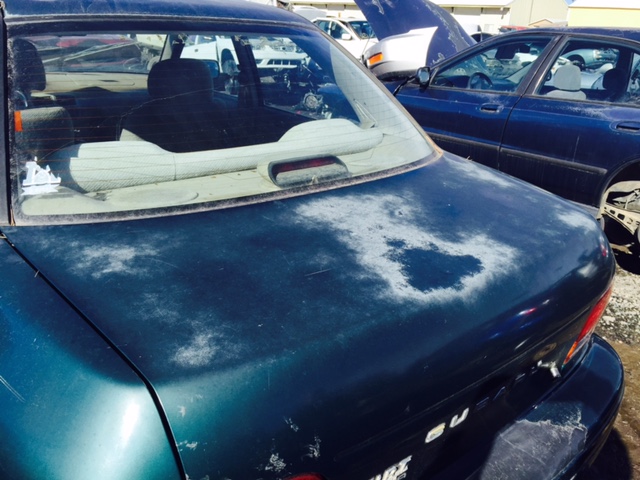
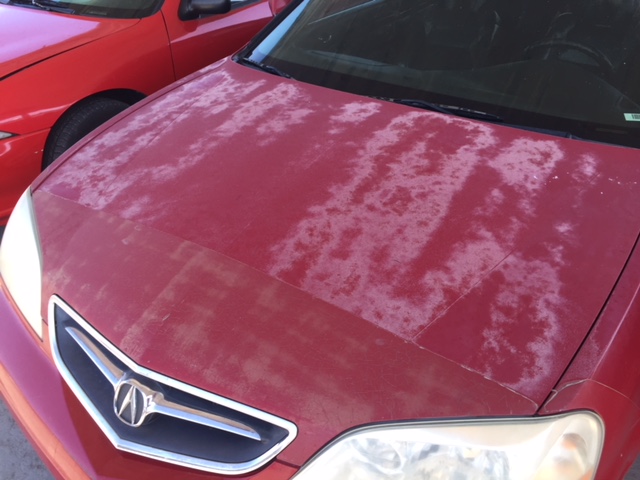
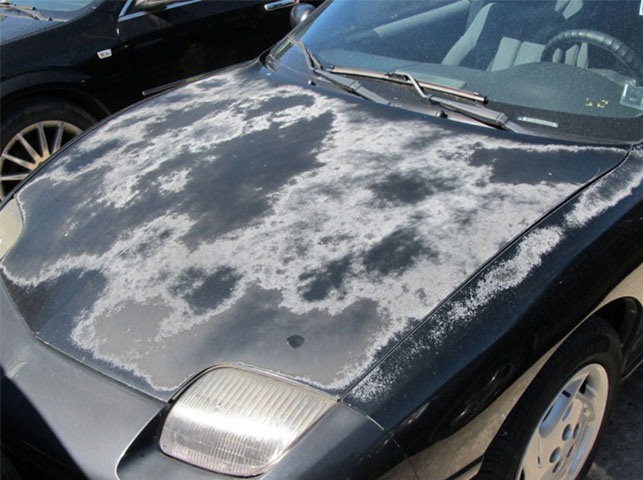
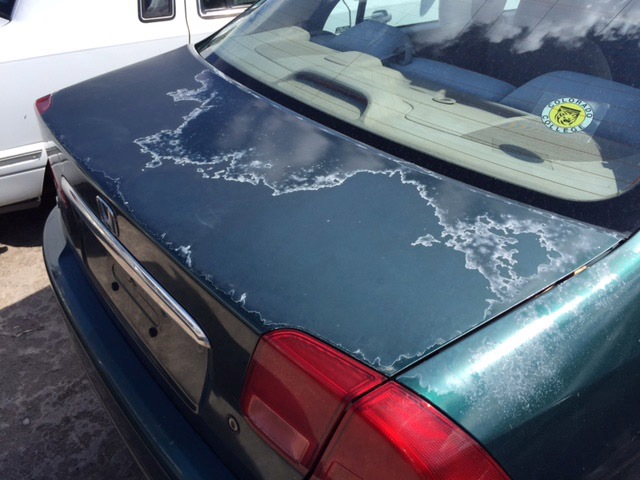
These sun damaged, and ugly looking vehicles with white patches, faded paint and flaking clear coat, were all restored in a Do-It-Yourself (DIY) operation at a fraction of the cost of new painting. No waxes, rubbing compounds, polishes, clay bars or buffing machines. Just an easy wash and dry followed by an application of our unique liquid emulsion for instant results. Simply Wipe on and Leave.
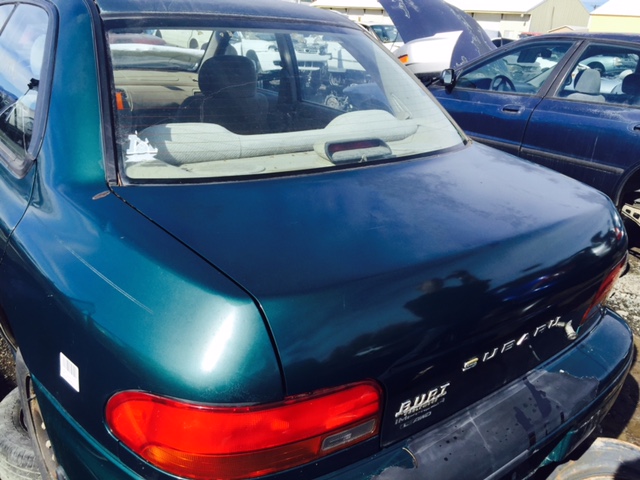
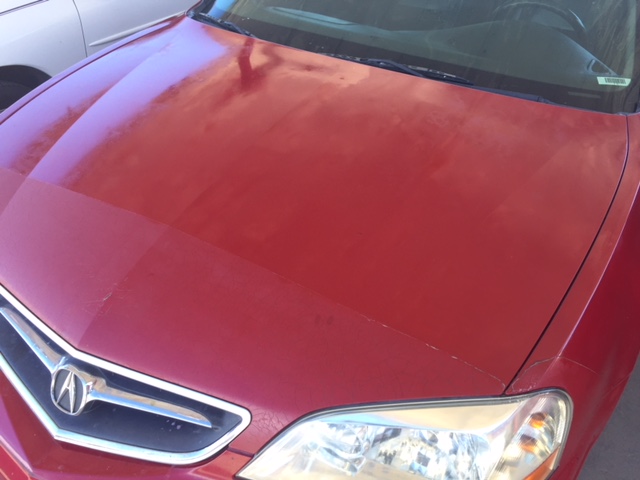
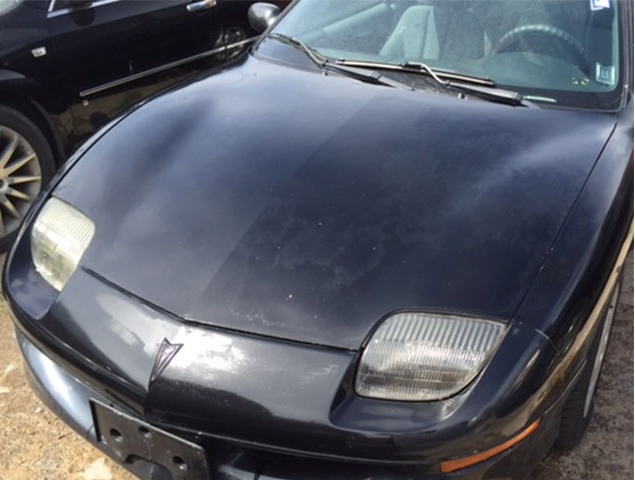
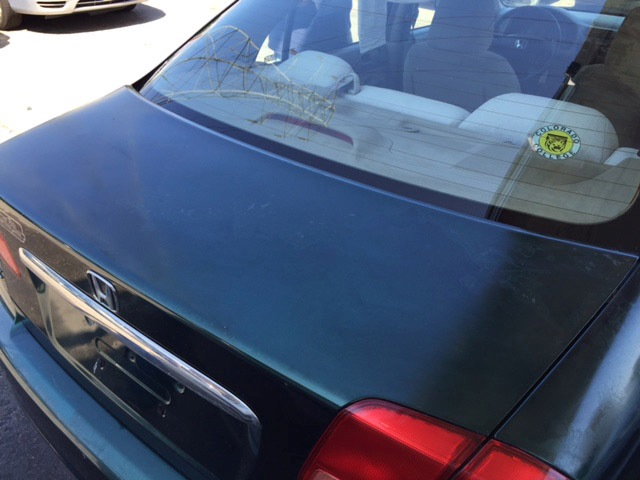
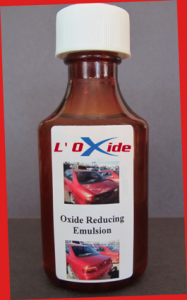
The videos on this web site will show you how to repair car paint oxidation and peeling clear coat, restore shine and gloss to faded paint, rejuvenate dull headlights, remove minor scratches like key marks and bring back the shine to exterior trim and plastics, in a simple Do-It-Yourself (DIY) operation. Simply hand wash the panels to be treated and allow to dry. Then wipe on a thin layer of OxideOff emulsion.
Guarantee: We offer a money back guarantee if the product is not as specified or if dissatisfied for any reason. For further information, go to the Shipping Page – Return Policy
How to Use
Preparation – This is the most important step.
- All loose dirt and old polish and waxes must be removed to allow the emulsion to contact the oxidized areas. Failure to do this may result in a streaky looking finish.
- A preferred cleaning method uses a normal hand wash (not a commercial car wash) using liquid dish washing soap and a sponge. Hard rubbing is NOT required.
- Wet and Dry sandpaper can be used to smooth any clear coat ridges. We recommend 1000 grit or finer but be careful not to sand through to the underlying metal.
- Thoroughly rinse off the surfaces to remove all soap suds and allow the car to dry.
Application
- When the car is completely dry, wipe on a thin layer of emulsion, using an open weave white cotton cloth, to all affected panels (usually the hood, roof and trunk). A piece of an old white cotton tank top, undershirt or T-Shirt is very suitable.
- A thick layer of emulsion will NOT improve results and may form ridges that are very hard to remove. A single bottle of emulsion is enough to treat a full sized car – twice.
- Best results are obtained at temperatures above 50° F. (10° C) but panel surfaces should NOT be hot.
- A dust free environment is NOT required.

After Care
- After several hours, press a fingertip lightly onto the surface. If the fingerprint remains, allow a longer time for the initial set.
- After a light fingerprint is no longer visible, vehicle may be driven while the emulsion continues to set, but do not expose to moisture (rain, sprinklers, fog, frost or snow) for 24 hours, as this will likely cause a streaky finish and/or water spots.
- When fully set (allow 3 to 5 days at least) a second coat should be applied for a better and longer lasting finish.
- Before applying the second coat, wash off any dirt with plain water and a sponge. Allow to dry.
Polish
It is not necessary to apply polish over the set emulsion, but a polish such as Carnauba wax can be applied. However, a second coat of emulsion is easier to apply and will provide a comparable finish.
The Finished Results
The oxidation on the cars in the above photos was so severe, that repainting seemed to be the only alternative. By following the recommended steps outlined above, the improvement in the appearance of the vehicles was outstanding and achieved with minimal effort, no special tools and at minimum cost.
Always Free Shipping

How to Restore Oxidized and Faded Car Paint

